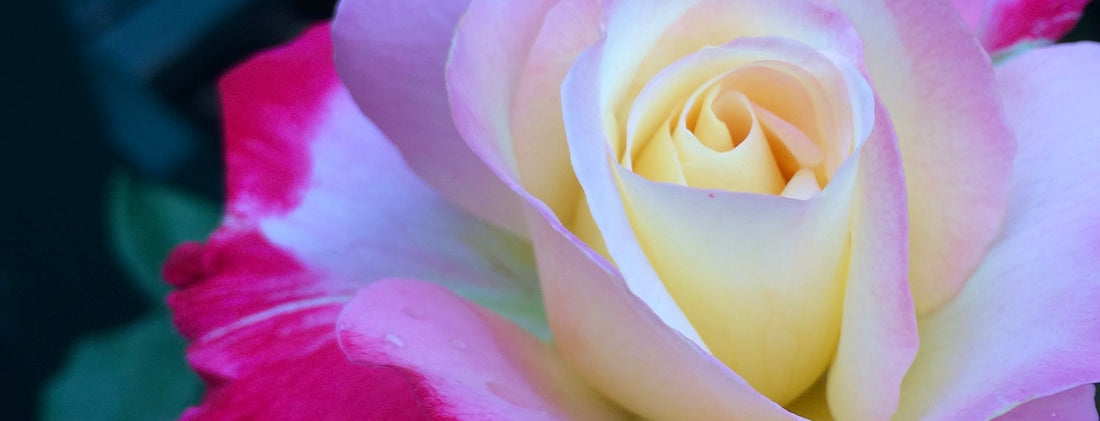Gregor Mendel, is known in botany as the "father of modern genetics". Gregor chose to study variation in plants in his monastery's experimental garden (2ha > 4.9 acres).
Terms like recessive and dominant were coined by Gregor Mendel through the study of the genetic variation in the garden pea (Pisum sativum). Mendel proposed a model where pairs of heritable elements or genes, specified traits.
His experiments led him to make two generalisations: The Law of Segregation and The Law of Independent Assortment, which later came to be known as Mendel's Laws of Inheritance.
The Law of Inheritance looks at certain plant expressions to determine which traits are averaged in subsequent crosses.

Image credit: dreamstime.com
Mendel himself did not actually propose his theory of inheritance or that there was any truth behind any of his ideas, everything that comes after Mendel is a modernized version of his aforementioned postulates.
The modernized version of those postulates is as follows:
1) Certain traits are controlled by heritable factors.
2) Parents pass on factors to offspring in the form of reproductive cells.
3) Every individual contains pairs of factors in each cell except reproductive cells.
4) Paired factors will segregate in the formation of reproductive cells so that each reproductive cell is receives one of the factors of the pair.
5) The likelihood that the reproductive cell gets one factor or the other from each pair, is equal.
6) Each factor from a parent has an equal chance of combining with another identical factor from the other parent during fertilization.
7) In some cases one factor dominates the other factor; in such cases, the dominant factor controls that specific feature of the plant. i.e. Height factor.
8) When considering two or more pairs of traits, the factors for each pair of traits assort independently to the reproductive cells.
In modern genetics, each of Mendel’s ‘paired factors’ is called a gene.
Each ‘Factor of a pair’ is an allele, which is an alternate form of a gene.
This means with a traditional breeding (true-breeding) parent, the genes responsible for flower colour and other features used by Mendel had two identical alleles for each gene. A plant that has the same alleles for a gene is considered Homozygous for that specific gene. The plants that have different alleles for a specific gene are considered heterozygous for that gene. Thus the parental generation in Mendel’s experiments were homozygous for each gene and they would be labeled either Dominant or Recessive. Therefore, the F1 generation would be considered heterozygous for each gene and only when the F1 generation are pollinated with the successive parent does the F2 generation now include both heterozygous and homozygous plants.
For clarity, we recognize between an organism’s genes, collectively or individually which is known as its Genotype and the observable characters they control which we call its Phenotype.
Around 30 years after Mendel died a man named Reginald Crundall Punnett, a British geneticist who co-founded, with William Bateson the Journal of Genetics in 1910. Punnett is probably best remembered today as the creator of the Punnett square, a tool still used by biologists to predict the probability of possible genotypes of offspring. If you’re unfamiliar with this and want to learn more check out our previous tutorial on Punnet Squares
Before the Punnett square existed, Mendel used Mathematical calculations to determine the phenotypical ratios from each sample size used, the result looked something like this;

What can I learn from this?
If you’re into plant genetics and want to start breeding, this content will help further your understanding of the core principles of plant genetics required to start your own breeding projects or to help you expand on current projects that may be unfinished. The study done by Gregor Mendel will live on forever and anyone interested in breeding should study his work to further extrapolate the overall understanding of breeding which in turn will contribute to anyone who wants to breed in the future.
#growwithus
Resources: ISBN 0 - 697 – 03775 – 4
centergrove.k12.in.us/cms/lib4/IN01000850/Centricity/Domain/985/2-Mendel%20Notes%20for%20website.pdf




